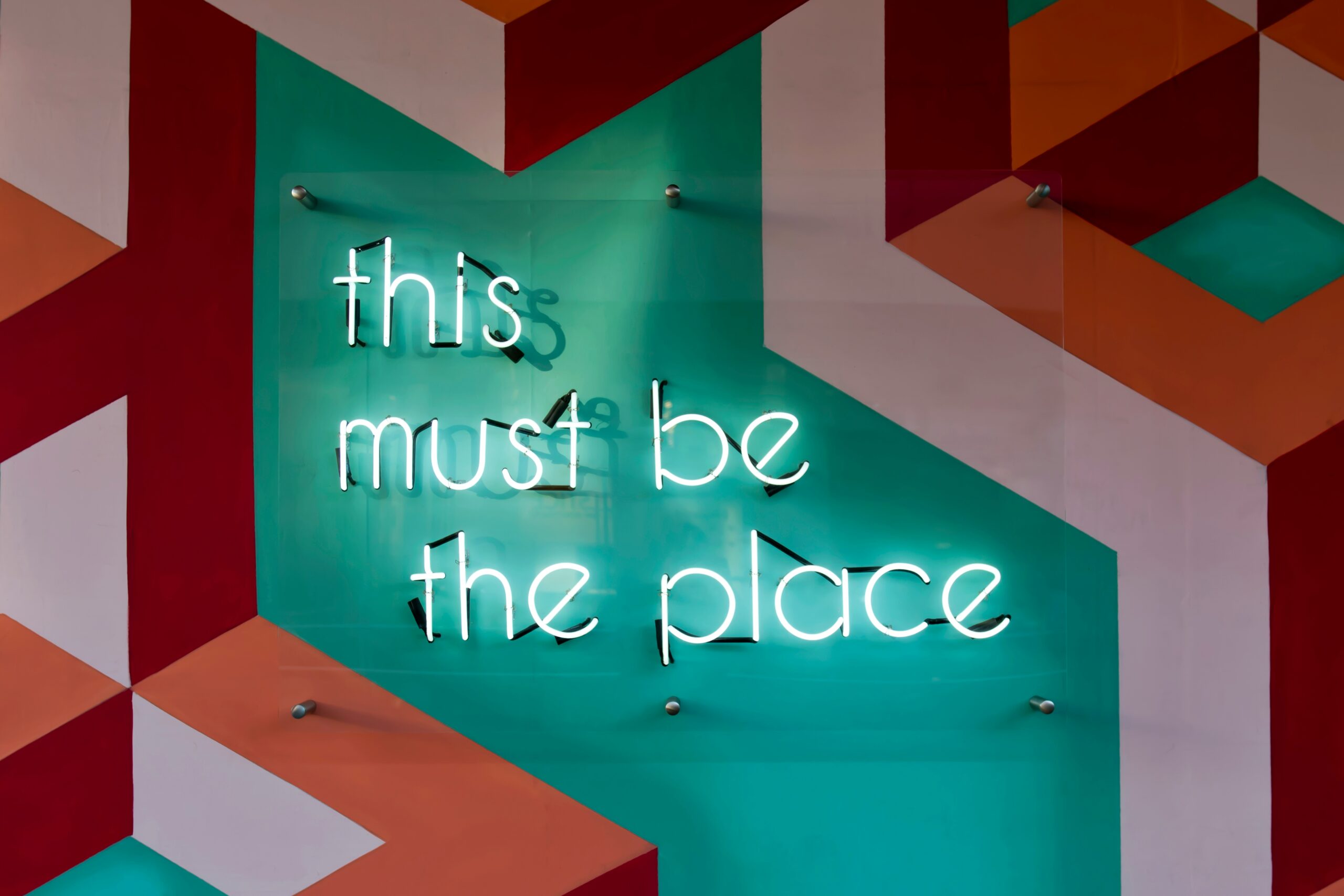Employee satisfaction is a cornerstone of a thriving business. When employees feel valued and supported, they’re more engaged, productive, and loyal to the organization. One of the most effective ways to foster satisfaction is by offering customized benefits packages that align with your workforce’s diverse needs and preferences.
In this blog, we’ll explore why customization matters, how to tailor benefits effectively, and the impact it can have on employee satisfaction and retention.
Why Customized Benefits Matter
Every workforce is unique. Employees bring different priorities, lifestyles, and financial situations to the table. A one-size-fits-all benefits package may leave many feeling unsupported or undervalued. By offering flexibility and customization, employers can address the diverse needs of their team, enhancing satisfaction and creating a more inclusive workplace.
The Advantages of Customizable Benefits Packages
- Increased Employee Satisfaction
- When employees can choose benefits that matter most to them, they feel more valued and appreciated.
- Better Retention Rates
- Customized benefits demonstrate a commitment to employee well-being, reducing turnover and the costs associated with recruitment.
- Enhanced Recruitment
- A tailored benefits package is a powerful tool for attracting top talent in a competitive job market.
- Improved Productivity
- Employees who feel supported are more likely to be engaged and focused, contributing to a healthier bottom line.
- Cost Efficiency
- Customization helps employers allocate resources more effectively, focusing on benefits employees will actually use.
How to Customize Employee Benefits Packages
- Understand Employee Needs
- Conduct surveys or focus groups to identify the benefits employees value most. Common options include healthcare, retirement plans, flexible schedules, and wellness programs.
- Offer a Range of Choices
- Provide a menu of options, such as:
- Health insurance plans (e.g., PPO, HMO, HDHP)
- Flexible spending accounts (FSAs) and health savings accounts (HSAs)
- Retirement plan options (e.g., 401(k), Roth 401(k))
- Mental health resources, such as Employee Assistance Programs (EAPs)
- Provide a menu of options, such as:
- Introduce Flexible Benefits (Cafeteria Plans)
- A cafeteria plan allows employees to choose from a variety of pre-tax benefits, such as health insurance, childcare assistance, and commuter benefits.
- Consider Generational Needs
- Younger employees might prioritize student loan repayment or professional development, while older employees may focus on retirement savings and health coverage.
- Incorporate Wellness Programs
- Wellness initiatives, such as gym memberships, stress management programs, or nutrition counseling, can be highly effective in boosting satisfaction.
- Provide Voluntary Benefits
- Allow employees to add optional benefits like pet insurance, critical illness coverage, or legal assistance for an additional cost.
Measuring the Impact of Customization
To ensure your benefits strategy is working, track the following metrics:
- Employee Satisfaction Surveys: Regularly solicit feedback on the benefits program to identify strengths and areas for improvement.
- Enrollment Data: Analyze which benefits employees are choosing to determine what’s most valued.
- Turnover Rates: Monitor whether customization efforts reduce employee turnover.
- Engagement Scores: Measure overall employee engagement and productivity levels.
Conclusion
Customized benefits packages are no longer a luxury—they’re a necessity in today’s competitive job market. By tailoring your offerings to meet the unique needs of your workforce, you can boost employee satisfaction, enhance retention, and create a culture of appreciation and support.
Ready to transform your benefits strategy?
At Cypress Benefit Solutions, we specialize in helping businesses design and implement customized benefits packages that align with their goals and employee needs. Contact us today to learn how we can help you create a happier, more engaged workforce.






